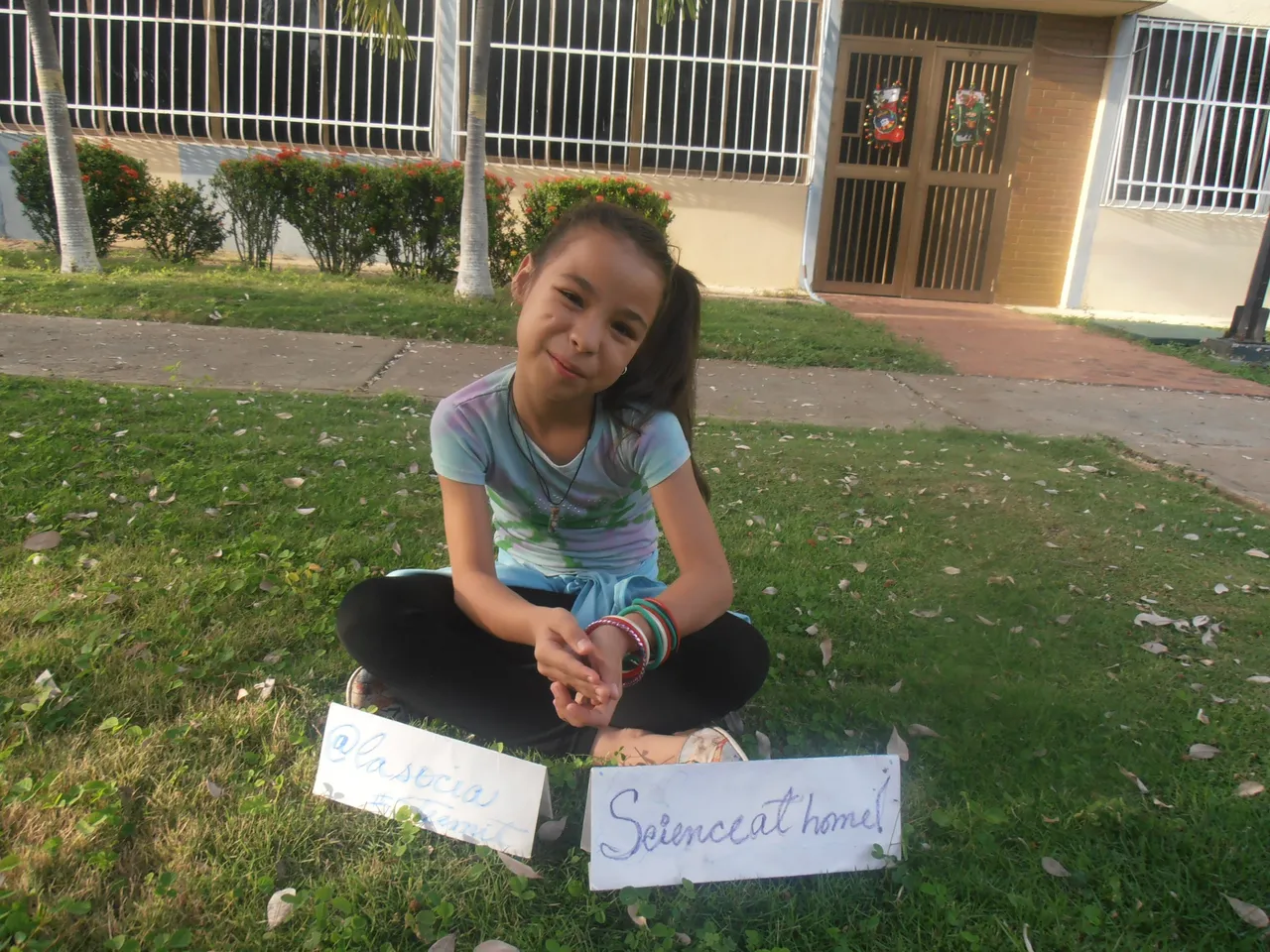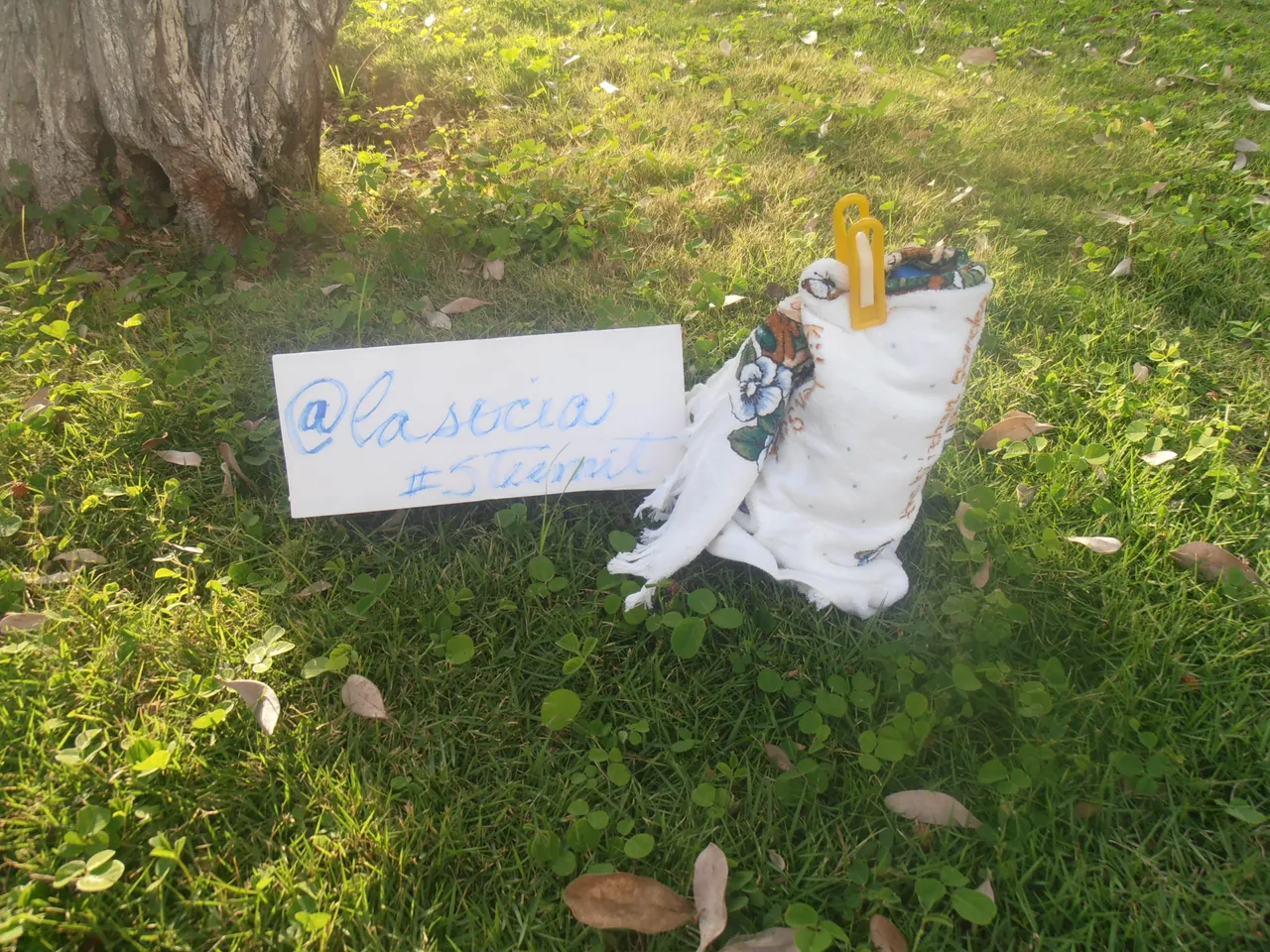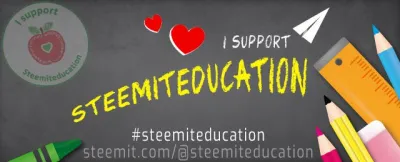
Materials:
- A hot day.
- A bottles or can full of liquid.
- Kitchen paper, cloth, rag or cloth.
- Water.
- Clothes tweezers.

Yes now! Let the fun begin, let's go with the experiment!
Procedure:
- Wet the kitchen paper, cloth or cloth and use it to wrap the bottle or can.
- If necessary, secure the wrapping with clothespins and leave it in a shady place.
- Wait two or three hours. Open the wrapper and be surprised at how cool the bottle or can is. Is not it fantastic?

- The cooling by evaporation is very effective to cool watermelons and melons in summer when we usually have the fridge very full. These fruits are delicious but sometimes they are too big.

What has happened?
In liquid water the molecules are in constant motion colliding with each other and exchanging energy. As a result of the collisions, some molecules acquire the necessary energy to evaporate, that is, to escape from the water and to pass into the air in a gaseous state.
Some factors that influence evaporation:
- Temperature. If it is hotter, the molecules of the liquid will acquire more energy and will escape more easily from the liquid. That's why the clothes dry before the sun. The exposed surface. The same volume of water will evaporate sooner if it is in a tray than if it is in a glass. The reason is that only molecules that are on the surface can escape from a liquid, those inside can not evaporate.
- .Wind We have not discussed it before, but in the same way that some water molecules gain energy and evaporate, water vapor molecules in the air can also lose energy and move to the liquid state (condensation). The wind takes away the molecules that evaporate. This reduces the likelihood that the water vapor will condense and reach the liquid. The result is that evaporation accelerates. This is how fans and fans work.
- Humidity. If the environment is very humid it means that there are many molecules in the form of water vapor. As we have seen in the previous point, these molecules can leave the air, that is to say condensed and pass to the liquid. Evaporation is more difficult the greater the relative humidity of the air, so in humid places it is enough that the temperature is a little high so that we feel a suffocating heat. The sweat does not evaporate fast enough to cool us down.
In evaporation, water changes from the liquid to the gaseous state. For this, it needs heat, the latent heat of vaporization (energy necessary for a change of state to occur). Where does it come from? Surely you have noticed how fresh the cloth is after a while. From there, the necessary heat must come, from the water that remains in the cloth without evaporating. As the cloth is so cool, the bottle cools down little by little.


